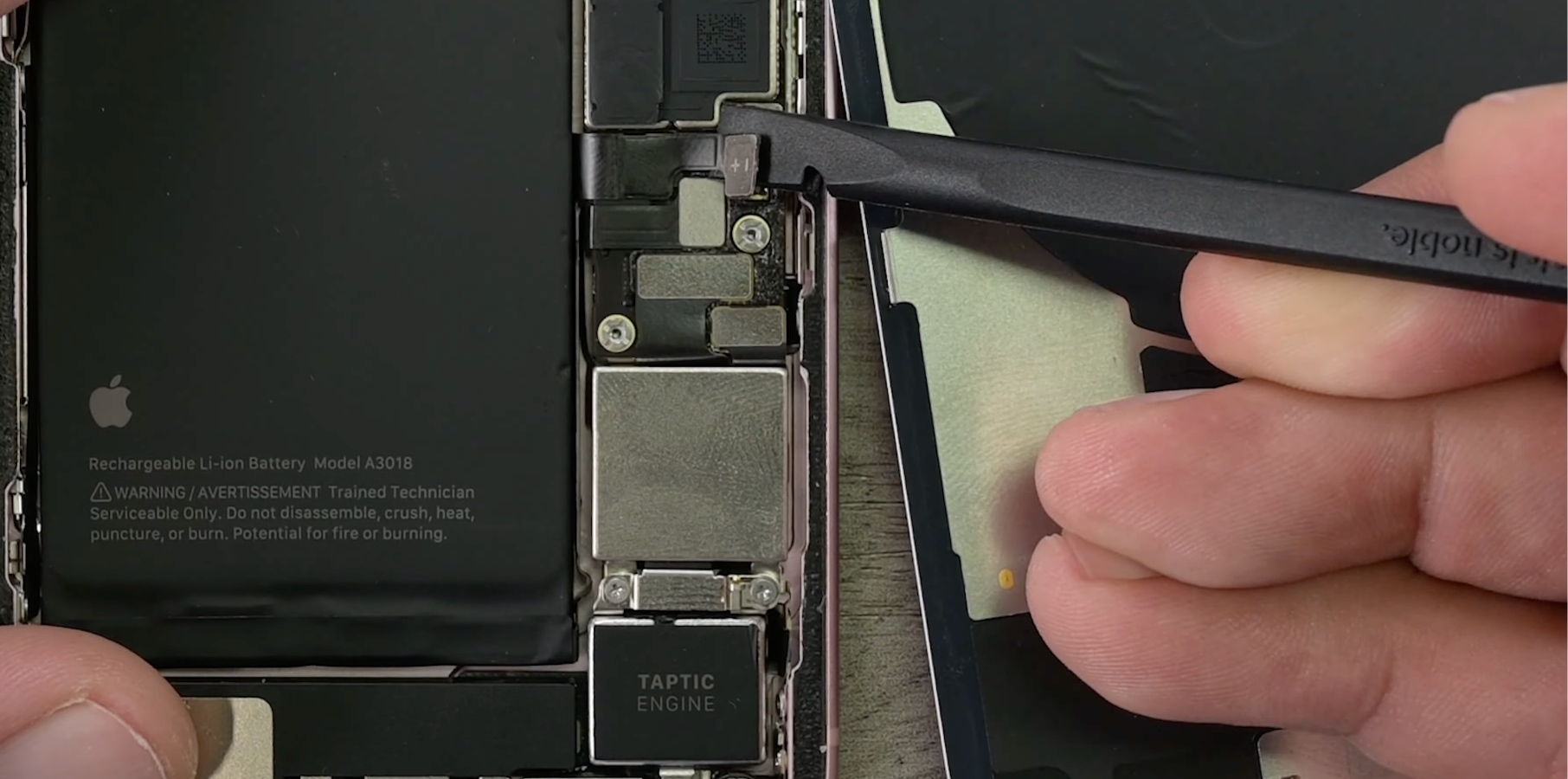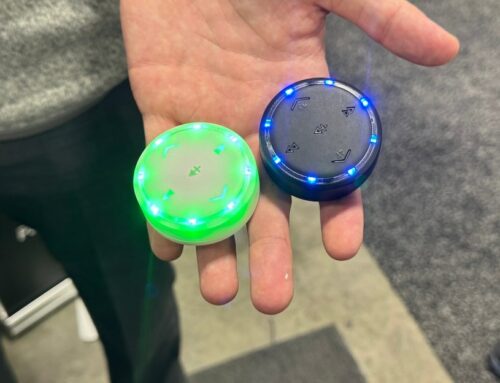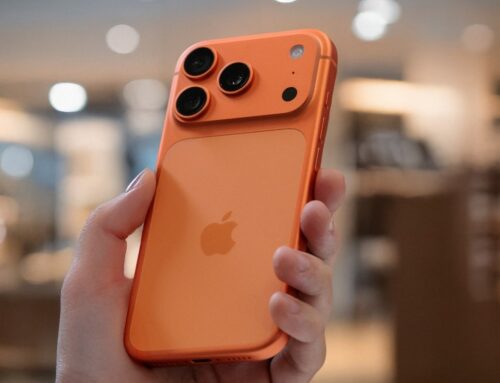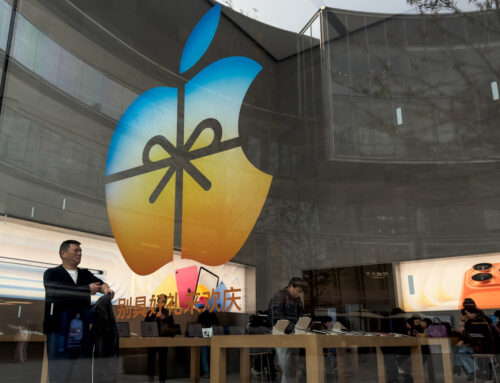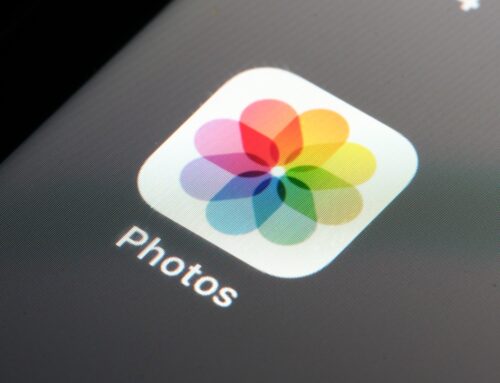
iFixit has already torn down every iPhone 15 model along with all of the new Apple Watch models. Now, the repair company is doing the same thing it did with the FineWoven cases by offering a microscopic look at Apple’s base iPhone 15 model.
Tech. Entertainment. Science. Your inbox.
Sign up for the most interesting tech & entertainment news out there.
By signing up, I agree to the Terms of Use and have reviewed the Privacy Notice.
By using the DSX1000 microscope from Evident Scientific, iFixit highlights a few interesting changes on the new iPhone. Starting with image stabilization, the company shows the iPhone 15 sensor-shift stabilization in action. It explains that the camera uses “four electromagnets to shift the camera sensor to keep the image in place. This tech has limits on how much it can stabilize—it can only shift the sensor in two axes, correcting minor shakes.”
About the new 48MP sensor, iFixit makes a rainfall analogy of the 48 million photosites available on the camera. “If there is heavy rainfall, there’s a good chance that each bucket will collect a good amount of water. Photographically, this is equivalent to a bright environment, where each photosite is able to output meaningful image data (…), but if the rainfall is light—equivalent to a dark environment—the tiny buckets become a problem: they can’t collect enough water to be accurately measured. The circuitry reading the bucket level resorts to yelling out estimations. Image-wise, this means a noisy, grainy photo in dimly lit situations.”
The publication then explains why Apple combines the image to create 12 MP images. “What if four stations poured their collected water into one bucket? This would make the water easier to measure. By reading the water level of one consolidated bucket instead of four individual buckets, you reduce the effective number of buckets from 48 million to 12 million. But, at least the reading is more accurate.”
Even though iFixit makes a fun overview of the iPhone 15 in this microscopic look, the company still notes that Apple still needs to improve repairability on its devices. “Apple’s push for modularity, highlighted by the dual-entry design, is a positive step forward on an already good foundation. However, the challenge of parts pairing, the completely artificial barrier that hurts refurbishers and recyclers, as well as everyday fixers, still looms large.
This is why iFixit still gives this phone a 4/10 repairability score. Below, you can watch the full video, and it’s really worth watching, especially if you’ve never seen a detailed view of the iPhone’s internals:
Tech. Entertainment. Science. Your inbox.
Sign up for the most interesting tech & entertainment news out there.
By signing up, I agree to the Terms of Use and have reviewed the Privacy Notice.

